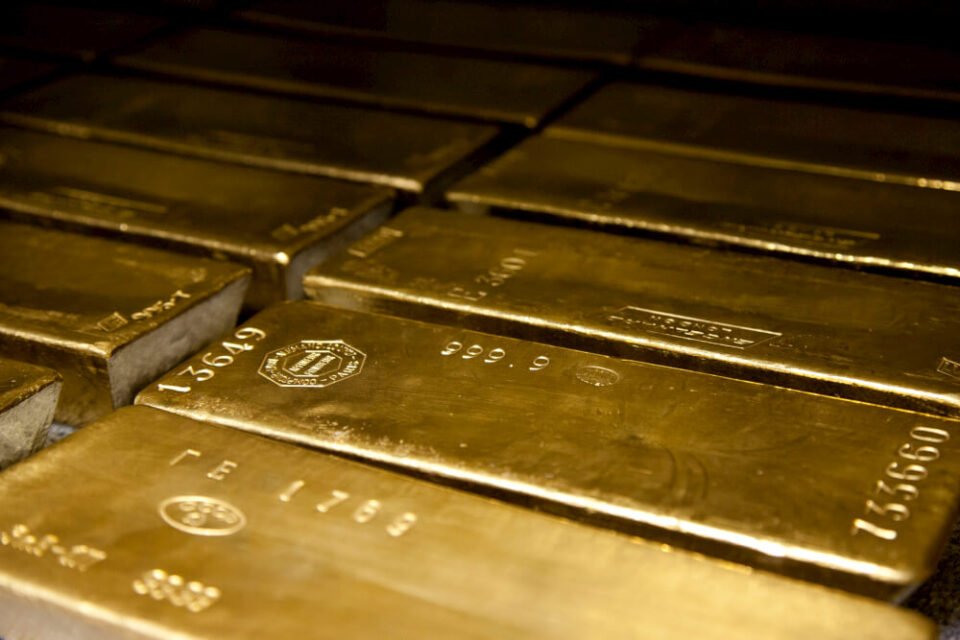Gold prices today are a key indicator of the precious metal’s market health, reflecting investor sentiment, economic conditions, and geopolitical tensions. This article explores the current state of gold prices, the factors influencing their fluctuations, and the implications for investors looking to navigate the complexities of the gold market.

Understanding Today’s Gold Prices
Gold has long been considered a safe-haven asset, with its value often inversely related to the strength of the global economy and fiat currencies. Today’s gold prices are influenced by a myriad of factors, including inflation rates, interest rates, currency values, and global economic uncertainties. By closely monitoring these prices, investors can gain valuable insights into broader market trends and potential investment opportunities.
Factors Influencing Gold Prices Today
Several key elements impact the daily movement of gold prices:
- Inflation: As a hedge against inflation, gold prices typically rise when inflation rates increase, preserving purchasing power over time.
- Interest Rates: Lower interest rates decrease the opportunity cost of holding non-yielding assets like gold, often leading to higher gold prices.
- Economic Indicators: Data on economic growth, employment, and consumer confidence can sway investor sentiment towards gold as an investment.
- Geopolitical Events: Uncertainty and instability arising from geopolitical events can drive investors towards gold as a safe-haven asset.
- Currency Fluctuations: The value of the U.S. dollar plays a significant role in gold prices, with a weaker dollar making gold cheaper for holders of other currencies and thus increasing demand.
Navigating Gold Prices Today for Investment
Investors looking to capitalize on gold prices today have several options, including physical gold, gold ETFs, gold mining stocks, and futures contracts. Each investment vehicle offers different levels of exposure to gold prices, along with varying degrees of risk and liquidity. Making informed decisions requires a thorough understanding of these options and the factors driving gold prices.
The Future Outlook on Gold Prices
Predicting the future movement of gold prices involves considering ongoing economic conditions, monetary policies, and global events. While short-term fluctuations are common, the long-term outlook for gold often depends on trends in inflation, currency devaluation, and economic uncertainty. Investors should stay informed about global economic developments and adjust their gold investment strategies accordingly.
Conclusion
Gold prices today offer a window into the precious metal’s current market dynamics, influenced by a complex interplay of economic, geopolitical, and financial factors. For investors, understanding these influences is crucial for making strategic decisions in the gold market. Whether seeking a hedge against inflation, diversifying an investment portfolio, or capitalizing on short-term price movements, staying abreast of gold prices and market trends is essential for success in gold investing. As the global economy continues to evolve, gold remains a pivotal asset for investors worldwide, offering both challenges and opportunities.

